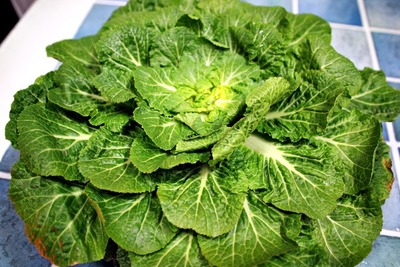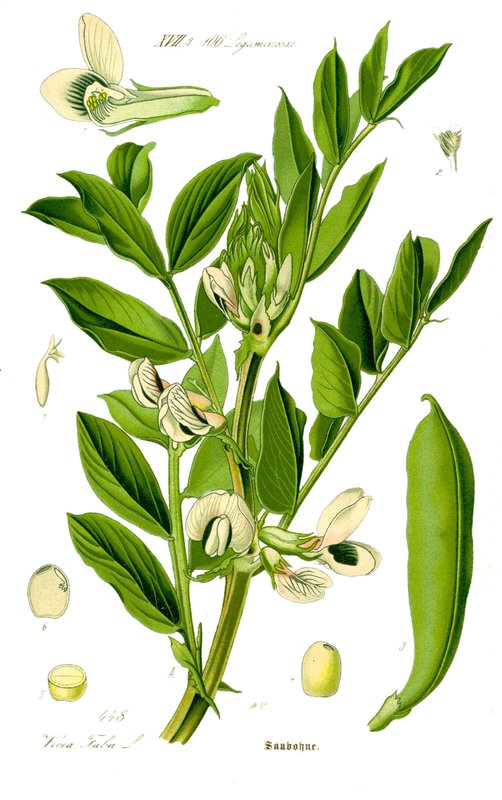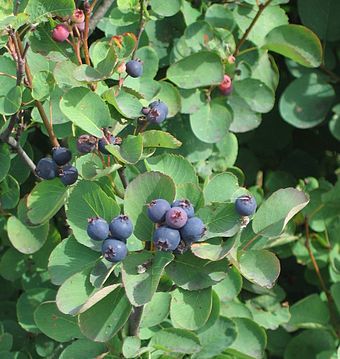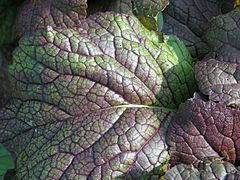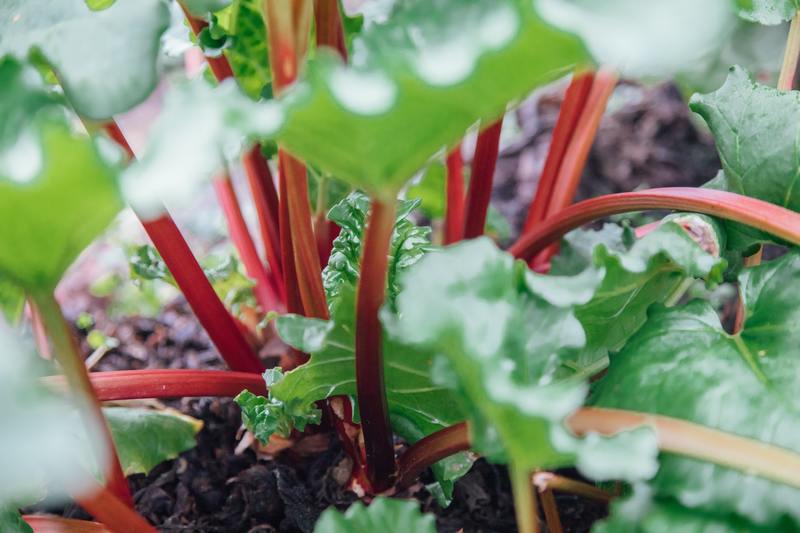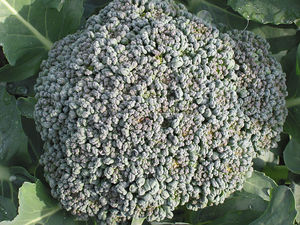Description
The turnip, scientific name Brassica rapa, is a root vegetable native to the Mediterranean and eastern Asia. It is a cool season crop that is often grown in the spring or fall. The turnip plant has large, dark green leaves that grow from a thick, white stem. The turnip root itself is a round, white or purple vegetable with a slightly bitter taste.
In terms of size and growth rate, turnips can grow to be quite large, with some varieties reaching up to 10 inches in diameter. They are generally fast-growing plants, with the ability to mature in as little as 30 days.
To differentiate turnips from similar plants, it is important to note that turnips have a distinct, slightly bitter flavor and a white or purple root. Some plants that may be confused with turnips include rutabagas and parsnips, which are similar in appearance but have different flavors and nutritional properties.
When it comes to growing conditions, turnips prefer well-draining soil with a pH of 6.0 to 6.8. They should be planted in a location with full sun exposure and watered regularly to ensure proper growth. To cultivate turnips successfully, it is important to keep the plants well-watered and free from weeds, as well as to thin out the seedlings once they reach about 3 inches in height to allow for proper spacing.
Turnips are generally winter hardy and can tolerate cold temperatures, making them a popular choice for fall and winter gardens. They can also be grown as a cover crop to help improve soil health and structure.
In terms of edibility, the turnip root is the most commonly eaten part of the plant. It can be cooked in a variety of ways, including boiling, roasting, and steaming. The greens of the turnip plant can also be eaten, and are often cooked in a similar manner to other leafy greens. After harvest, turnip roots can be stored in a cool, dark place for several weeks.
In terms of uses, turnips have a number of practical applications. In addition to being eaten as a vegetable, turnip roots can be used as animal feed, and the leaves can be used as a source of livestock forage. The turnip plant can also be used as a cover crop to help improve soil health and structure, and the root can be used as a natural form of pest control in the garden.
Links
Brassica rapa @ Purdue Horticulture Brassica rapa @ Cornell Gardening
